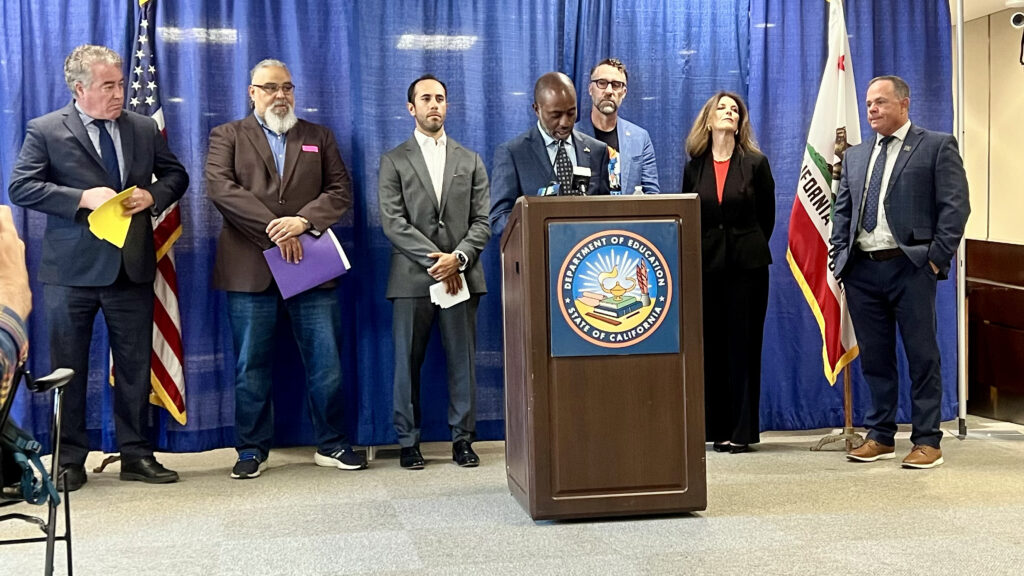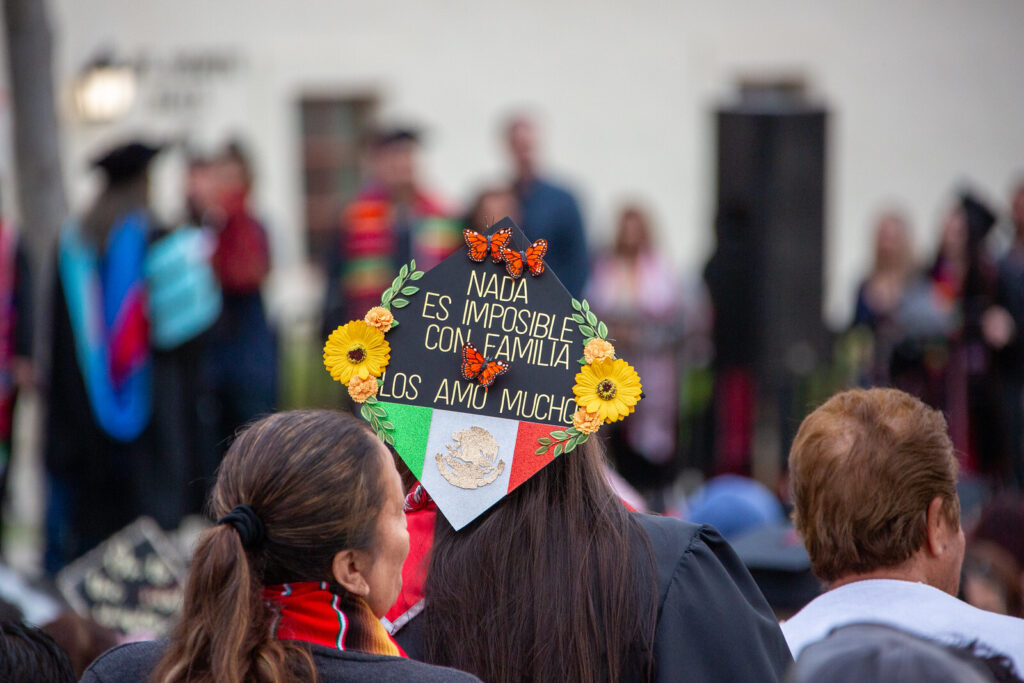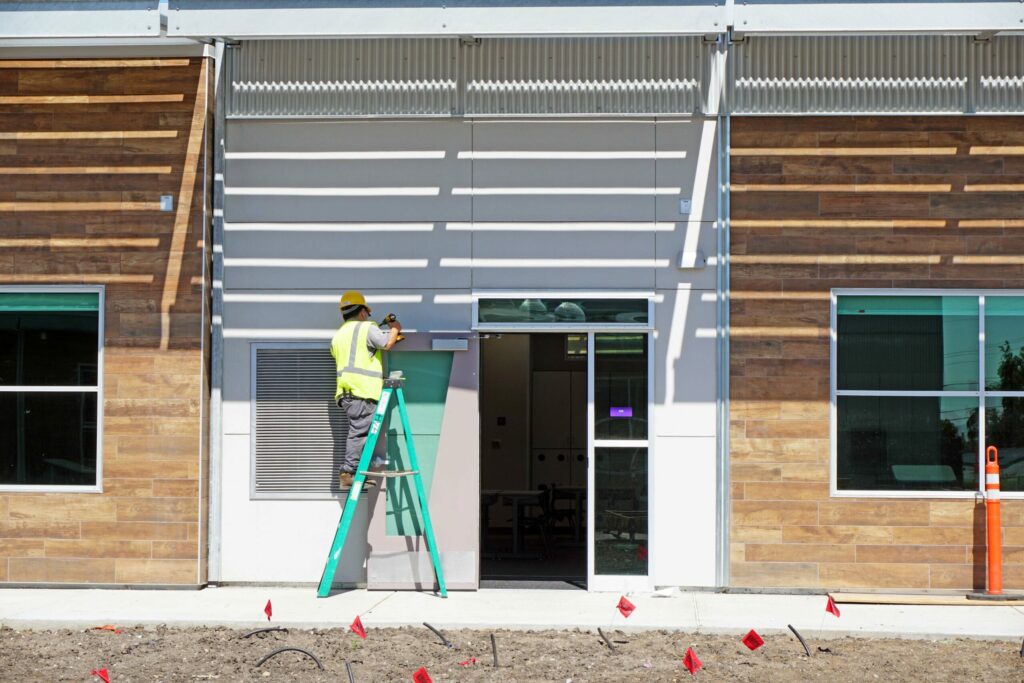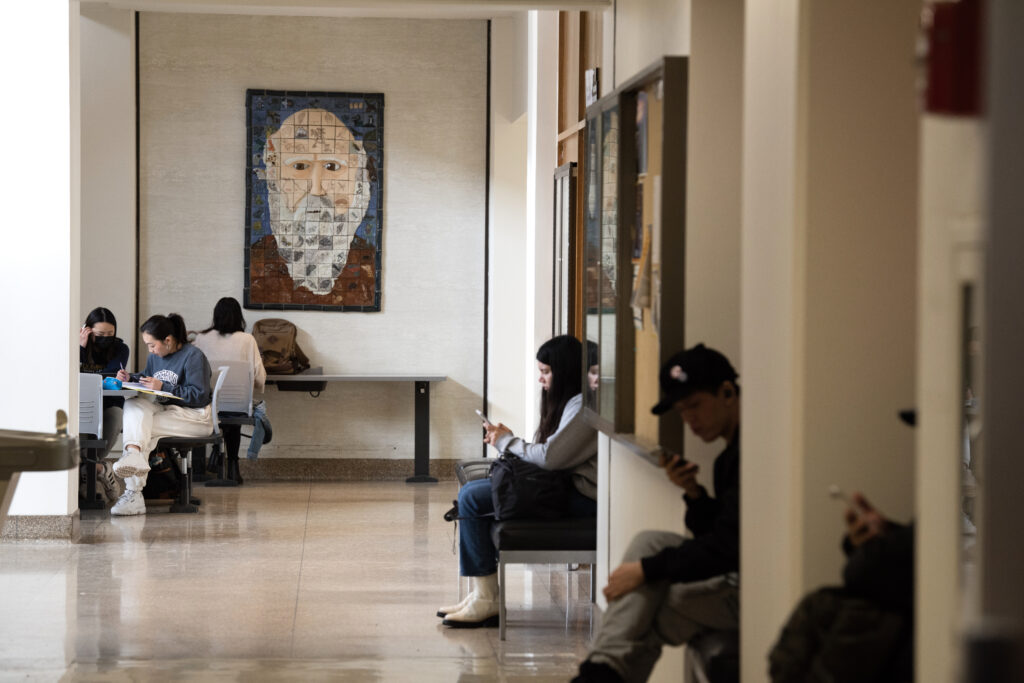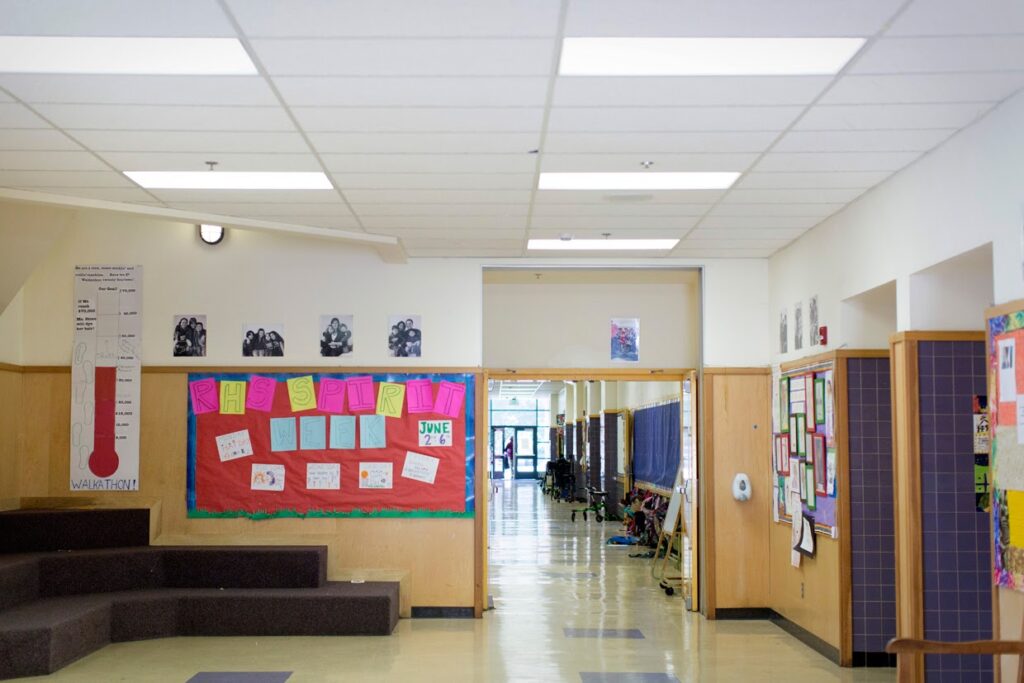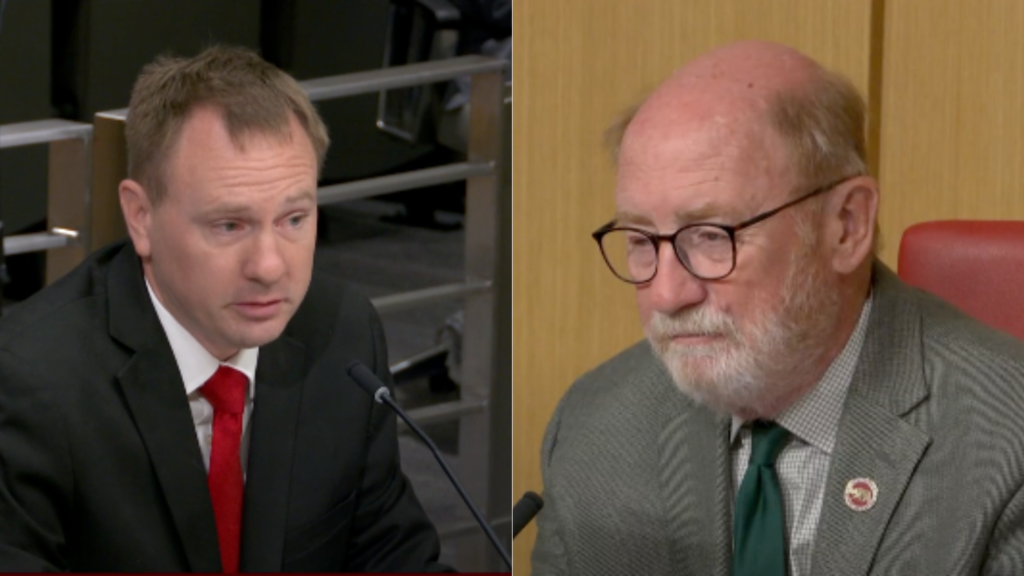Jan Resseger reports on an unprecedented stoppage in federal funding of Congressionally authorized school programs. School districts across the nation were informed on June 30 that the funding for five important programs would be withheld on July 1 pending further review. The administration really would like to terminate the programs but since they can’t do that under current law, they decided to withhold funding for undetermined reasons for an indeterminate length of time.
She writes:
Last week, this blog reported, “Chaos and Confusion at U.S. Department of Education May Threaten School Programming this Fall.” This week the situation intensified.
“The U.S. Department of Education told states in a three-sentence memo on Monday afternoon (June 30) that when federal funding for the next school year arrived July 1, as it typically does and is supposed to under federal law, funding for five key programs would not be there.” Education Week‘s Mark Lieberman published that explanation on Tuesday, July 1, 2025, the day the federal funding failed to arrive. Lieberman adds: “Those formula programs—worth $6.8 billion in total—are under review, the memo said, without specifying when the review would wrap up, what the review is aiming to determine, or whether the funds will go out once it’s finished.”
The problem is that the funds aren’t merely late; the Trump administration is trying to cancel the programs altogether. The NY Times‘ Sarah Mervosh and Michael Bender explain: “The administration has suggested that it may seek to eliminate the nearly $7 billion in frozen funding. Russell Vought, the director of the White House Office of Management and Budget, said during a Senate Appropriations Committee hearing last week that the administration was considering ways to claw back the funding through a process known as rescission. The administration would formally ask lawmakers to claw back a set of funds it has targeted for cuts. Even if Congress fails to vote on the request, the president’s timing would trigger a law that freezes the money until it ultimately expires. ‘No decision has been made,’ Mr. Vought said.”
In an article published on Monday afternoon, right after states received the memo declaring that funding would not arrive as scheduled, Education Week‘s Lieberman provides some background: “(I)n an unsigned email message sent after 2 p.m. Monday… the Education Department informed states that the agency won’t be sending states any money tomorrow from the following programs:
- “Title I-C for migrant education ($375 million),
- “Title II-A for professional development ($2.2 billion),
- “Title III-A for English-learner services ($890 million),
- “Title IV-A for academic enrichment ($1.3 billion),
- “Title IV-B for before-and after-school programs ($1.4 billion.).”
Lieberman adds: “In a separate email sent (Monday) at 4:27 p.m., the department told congressional staffers that it’s holding back funds from all the programs listed above, as well as grants for adult basic and literacy education ($729 million nationwide). Questions about the changes, the letter says, must go to the Office of Management and Budget, not the Education Department.”
The elimination of these programs had been proposed in the Trump administration’s formal FY 2026 budget proposal for next fiscal year—which, if passed by Congress, would fund public schools beginning in fall 2026. In proposing to cancel the programs this fall, the Trump administration is attempting to eliminate programs already promised under an FY 2025 continuing budget resolution. (To make things even more complicated, it’s important to remember that the “One Big Beautiful” bill is a tax and reconciliation bill and not, in fact, the current year’s FY 2025 federal budget—which remains unaddressed by Congress.)
Last week Mark Lieberman clarified the schedule by which federal public school funding is supposed to be delivered: “The federal fiscal year begins Oct. 1, but for most education programs, half the upcoming year’s allocated funding flows to states each year on July 1. Congress still hasn’t agreed on a final budget for the current fiscal year, even though it’s almost over. Instead, lawmakers in March approved a continuing resolution bill that broadly carries over funding levels from the previous fiscal year. That means states and schools have been expecting for months that funding levels for key federal programs would closely mirror last year’s numbers. Thousands of school districts and nearly 30 states have already locked in their own budgets for the upcoming fiscal year.”
In his coverage on Monday, June 30, of the complex wrangling behind the holdup of funds for the current school year, Lieberman places responsibility not on Linda McMahon or staff at the Department of Education, but instead on Russell Vought, who was the co-author of the Heritage Foundation’s Project 2025 and who now heads the Office for Management and Budget:
“Lawsuits are likely to follow, as they have for similar funding changes the administration implemented earlier this year. Federal law prohibits the executive branch from withholding congressionally appropriated funds unless it gives federal lawmakers an opportunity to approve or reject the move within 45 days. The U.S. Constitution gives Congress, not the president, the power of the purse—but top administration official Russell Vought, whom Trump appointed to lead the Office of Management and Budget, has said he believes restrictions on impoundment are unconstitutional. On Capitol Hill last week, Vought said the administration hadn’t decided whether to ask Congress for permission to impound education funding.”
Last week, the Washington Post‘s Jeff Stein, Hannah Natanson, Carolyn Johnson, and Dan Diamond predicted that Russell Vought will attempt to interfere with spending as the year continues: “Though billionaire Elon Musk’s U.S. DOGE Service drew significant attention for its speedy cuts, Russell Vought, Trump’s budget director, is expected to be key to the coming fight over spending. Vought has spearheaded the administration’s campaign to assert sweeping executive power over spending, arguing that the Impoundment Control Act, the law at issue now, is unconstitutional. The Trump administration has justified its cost-cutting measures by pointing out that the United States is $36 trillion in debt, although the type of funding that officials have targeted represents a small fraction of the overall budget.”
Although costs for federally funded 21st Century Learning Center after-school programs, federally funded professional development programs for teachers, federally funded classes for English language learners in public schools, federally funded programs for the education of the children of migrant workers, and federally funded academic enrichment programs make up only a minute percentage of the federal budget, the abrupt obliteration of these programs will cause enormous disruption right now as public school leaders are getting crucial programming for their schools in place for fall. Public schools are incredibly complex institutions. In addition to providing special services for disabled students, school boards and school leaders patch together local, state, and federal dollars for programming to serve the specific needs of their students, which differ by region, by the income level of a school district’s families, by the primary languages of the families in their communities, and by enormous inequity in states’ investment in public education.
Clearly Russell Vought neither understands nor cares how the programs he is is cutting will affect students. Clearly he fails to grasp how these cuts will interfere with hiring already underway for the upcoming school year or how the absence of these funding streams will undermine the stability of public school operations come September.
On the other hand, say I, maybe Russell Vought knew exactly what it mean to freeze funds at the last minute. Maybe his intent was to sow chaos and disruption. Maybe he wanted to send a message to Congress: we can withhold funds Congress appropriated without regard to the law. Maybe he wanted to send a message to states and school districts: If the program is important to you, pay for it yourself. Stop expecting the federal government to send you money.

